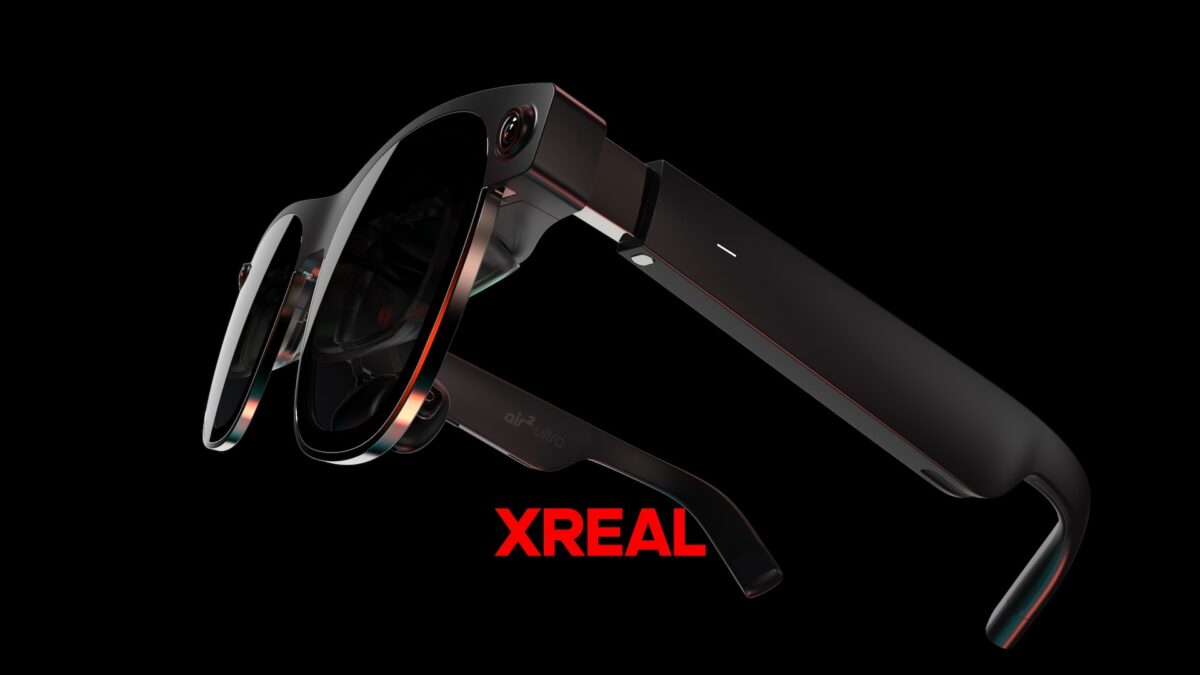Xreal Air 2 Ultra: A second attempt at AR glasses

The Xreal Air 2 Ultra is the official successor to the Nreal Light. The AR glasses will be released in March.
Ahead of the CES 2024, Xreal announced a new product.
Unlike the preceding product Xreal Air 2 (Pro), Xreal Air 2 Ultra has two built-in sensors that enable 6DoF tracking, room mapping, hand tracking, and semantic scene understanding.
Not much has changed in terms of display specs: the glasses offer a FullHD image per eye, a field of view of 52 degrees, a pixel density of 42 PPD, a frame rate of 120 Hz and a luminosity of 500 nits. A new feature is the titanium glasses frame, with which the glasses weigh 80 grams. The Xreal Air 2 (Pro) weighs 72 and 75 grams without sensors.
Like its predecessors, the wearable can be connected to a wide range of devices, including Macs, Windows laptops, Samsung smartphones and the iPhone 15, and output their image on a large virtual monitor.
On the software side, the wearable offers the Nebula AR environment launcher and the upcoming SDK, which improves hand tracking and gesture recognition. Xreal also says that the device can display spatial videos recorded with the iPhone 15 Pro. However, the videos must first be converted into a compatible format using a third-party app.
Consumers can pre-order the Xreal Air 2 Ultra now for #699 US. Shipments will start in March.
Xreal's first product, the Nreal Light AR glasses, was released in 2019 with a sunglasses look and built-in sensors for 6DoF tracking. The product convinced more as pure virtual display than AR glasses. That's why the company, which changed its name to Xreal in 2023, ditched the sensors in subsequent products and, combined with a more affordable price, focused entirely on the virtual display aspect of the product. With success: Xreal has sold more than 350,000 units to date.
After the Xreal Air (2022) and the Xreal Air 2 and Xreal Air 2 Pro (both 2023), the Xreal Air 2 Ultra now follows, which, like the Nreal Light, once again relies on sensors for 6DoF tracking and thus attempts a renewed push towards augmented reality. Xreal officially describes the wearable as the successor to the Nreal Light AR glasses.
Note: Links to online stores in articles can be so-called affiliate links. If you buy through this link, MIXED receives a commission from the provider. For you the price does not change.